- Chicken Flavor.
- Creamy Chicken Flavor.
- Roast Chicken Flavor.
- Picante Chicken Flavor.
- Beef Flavor.
- Roast Beef Flavor.
- Shrimp Flavor.
- Lime Chili Shrimp Flavor.
Are Maruchan Ramen Noodles Vegan Without the Seasoning?

Maruchan Ramen noodles are vegan without the seasoning. The soup base contains the animal ingredients instead of the noodles.
However, as a moral vegan, I continued to feel against purchasing Maruchan and discarding the seasoning packets. Despite the fact that I wouldn’t be consuming the animal ingredients, I would still be promoting a business and product that abuses animals.
Here is the list of ingredients for the Maruchan Chicken Flavor, with the animal ingredients highlighted in red, in case you want to view them in the context of the entire label:
“Ramen Noodle Ingredients: Enriched Wheat Flour (wheat Flour, Niacin, Reduced Iron, Thiamine Mononitrate, Riboflavin, Folic Acid), Vegetable Oil (contains One Or More Of The Following: Canola, Cottonseed, Palm) Preserved By Tbhq, Contains Less Than 1% Of: Salt, Soy Sauce (water, Wheat, Soybeans, Salt), Potassium Carbonate, Sodium (mono, Hexameta, And/or Tripoly) Phosphate, Sodium Carbonate, Turmeric. Soup Base Ingredients: Salt, Sugar, Monosodium Glutamate, Maltodextrin, Contains Less Than 1% Of: Spices (celery Seed), Hydrolyzed Corn, Wheat And Soy Protein, Turmeric, Lactose, Natural Flavors, Dehydrated Vegetables (chive, Garlic, Onion), Disodium Inosinate, Disodium Guanylate, Vegetable Oil (palm), Yeast Extract, Powdered Cooked Chicken.” (source)
As you can see, the soup base contains animal ingredients and not the noodles. And the same is the case for all other flavors. Here is the Soy Sauce Flavor:
Ingredients for Ramen Noodles include Enriched Wheat Flour (Wheat Flour, Niacin, Reduced Iron, Thiamine Mononitrate, Riboflavin, Folic Acid), Vegetable Oil (Canola, Cottonseed, Palm), Preserved by TBHQ, Contains Less Than 1% of: Salt, Soy Sauce (Water, Wheat, Soybeans, Salt), Potassium Carbonate, Sodium Hexametaphosphate Ingredients for the soup base include salt, sugar, dehydrated vegetables (garlic, onion, and chives), caramel color, spices, hydrolyzed corn protein, hydrolyzed wheat protein, hydrolyzed soy protein, vegetable oil (palm), less than 1% of monosodium glutamate, dehydrated soy sauce (wheat, soybeans, salt), maltodextrin, natural flavor, yeast extract, and lactose. “.
Maruchan Ramen does not contain egg. The noodles and seasoning don’t come in any of the flavors that include egg.
Every flavor of Maruchan Ramen contains dairy. In most cases, the dairy ingredient is “lactose. “In a few flavors, sodium caseinate or milk is used in place of the dairy ingredient.
Every flavor of Maruchan Ramen contains meat-derived ingredients. These include dehydrated pork broth, natural lobster and shrimp flavor, powdered cooked chicken, chicken fat, beef extract, chicken fat, and beef fat.
As a result, Maruchan Ramen is not only not vegan but also not vegetarian.
1 25 Percent Less Sodium Beef
Most people are already aware of how unhealthy packaged ramen is. It is not something you should consume on the first day of a new diet or give to a sick child. Any attempts to make it healthier are therefore likely to fail.
Normal Beef Maruchan contains 790 mg of sodium, which accounts for about a third of your days salt intake. (Also, keep in mind this is in a single serving, and there are two servings in every package.) You may be disappointed to learn that the 25 percent less sodium Beef flavor isnt exactly healthy either. It has a whopping 540 mg of sodium per serving, which is still about a quarter of the salt you should eat in a day.
And with less salt, the flavor really falls flat. Let’s face it, Maruchan ramen probably wouldn’t taste at all without the salt. Therefore, you can really tell when they take it away. Additionally, since the beef flavor isn’t one of our favorites to begin with, you’re left with a bowl of noodles that you’ll probably just want to discard.
Twelve different ramen flavors, but which one is the best?
College students across the country love ramen, as does anyone who is strapped for cash but enjoys a lot of flavor (each pack was literally free). 79, that’s insane). There are countless combinations of ingredients you can add to really take it to the next level, but the ramen soup base is actually the foundation upon which you should base your dish. This base that makes ramen better. Knowing which flavor or brand to choose can often be very overwhelming because there are so many options available.
So I did it for you. In this manner, you can save money, avoid consuming excessive amounts of sodium, and still enjoy the benefits. I grabbed four more friends and we taste-tested 12 different varieties of ramen to help me come to a fair conclusion while ensuring that I didn’t waste any food. Here are the results, ranked from worst to best.
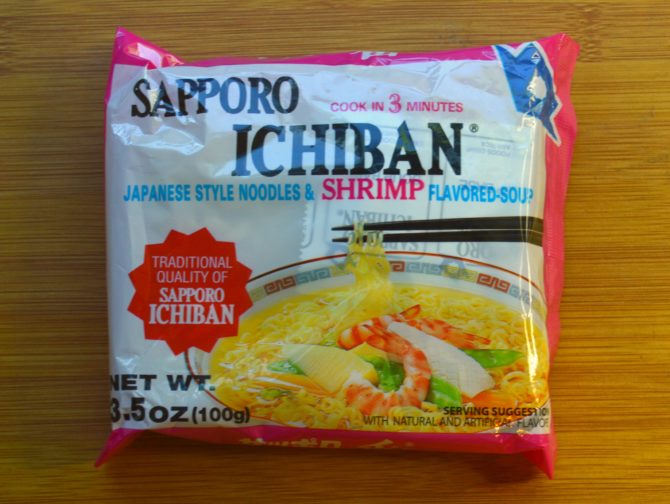
With an average score of 3. 3/10, this was the lowest ranked ramen. Most people agreed that it wasn’t awful, just a little strange. Not particularly surprising, but the flavor of powdered shrimp seems a little shady.
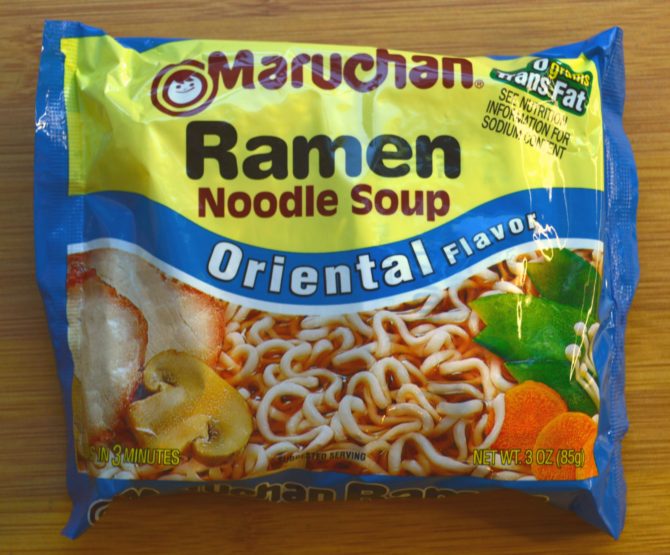
With an average score of 4. 2/10, the Oriental flavor came in second to last. We chose it over the shrimp flavor because, in our opinion, it would have been much simpler to add other flavors to this. It has more potential.
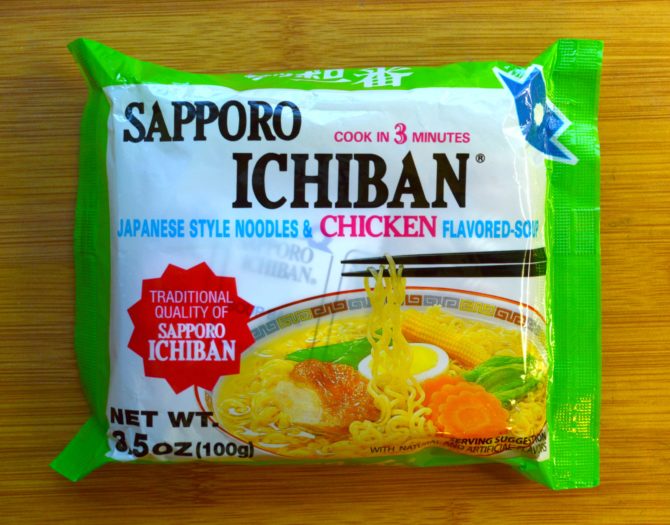
As a result of a tie and an average score of 5, Third-to-last on a scale of 1 to 10, both the chicken flavor and the chapagetti The iconic chicken flavor brings back a lot of happy memories for me from my youth. I regret that it wasn’t ranked higher, but fair is fair. Chicken ties for 10th.
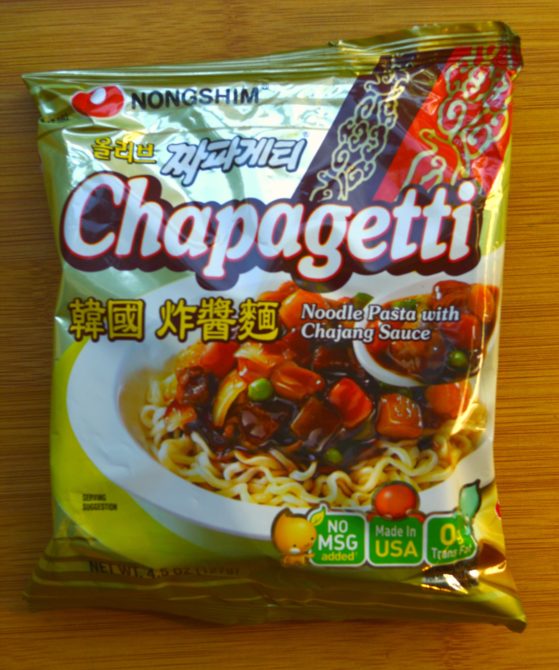
Since I have no idea what this flavor is supposed to be, I’ll be honest and say that I was dubious about it. However, everyone seemed to be on the same page, so maybe I’ll add it to my regular rotation of ramen.
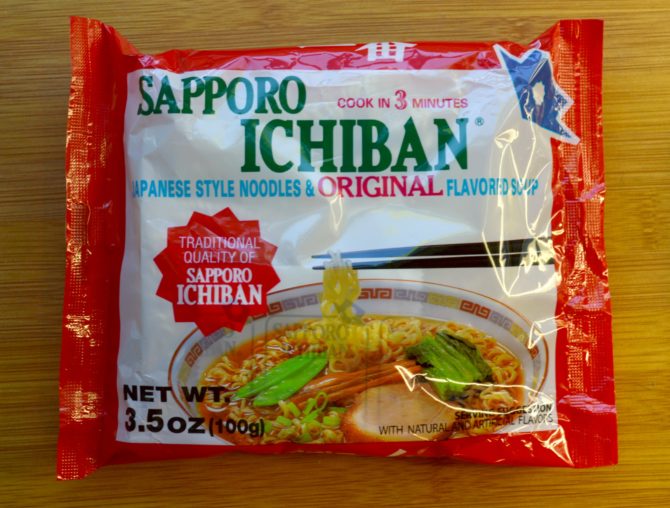
Although I’m not entirely sure what the “original” flavor entails, it’s clearly not bad It scored 5. 7/10 mainly because it could have been improved upon and was sufficiently offensive. Sriracha is unquestionably one of my favorite condiments to use here.
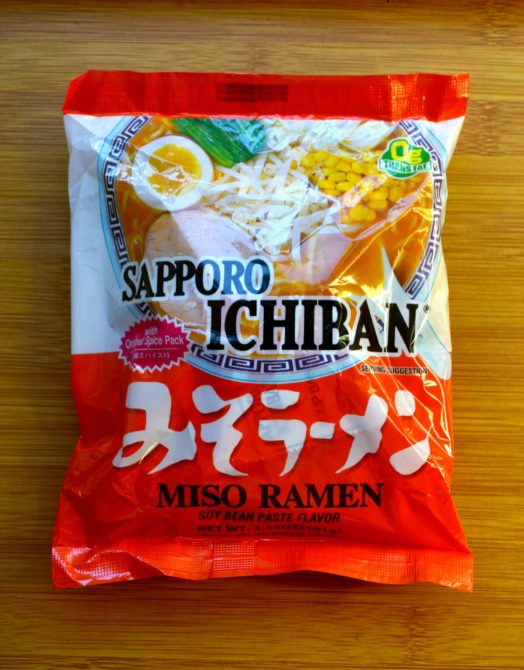
This miso ramen placed eighth with a 6. 1/10. Similar to the Oriental and the original flavor, it has a lot of room for ingredient additions because nothing could have a significant negative effect.
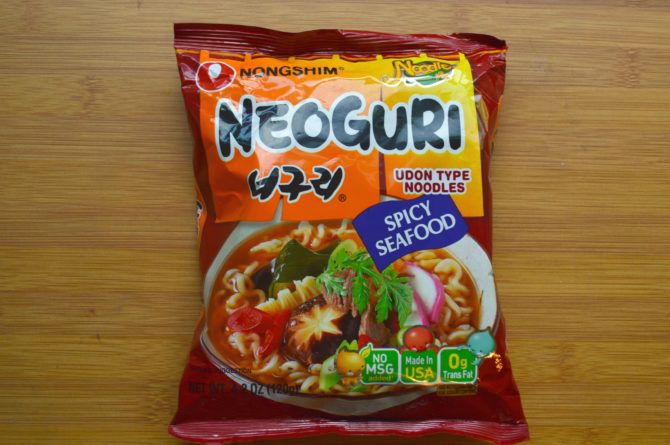
With a 6. 5/10, this spicy seafood flavor came in sixth place. Although this ramen had a kick, there wasn’t really any other flavor to go along with it.
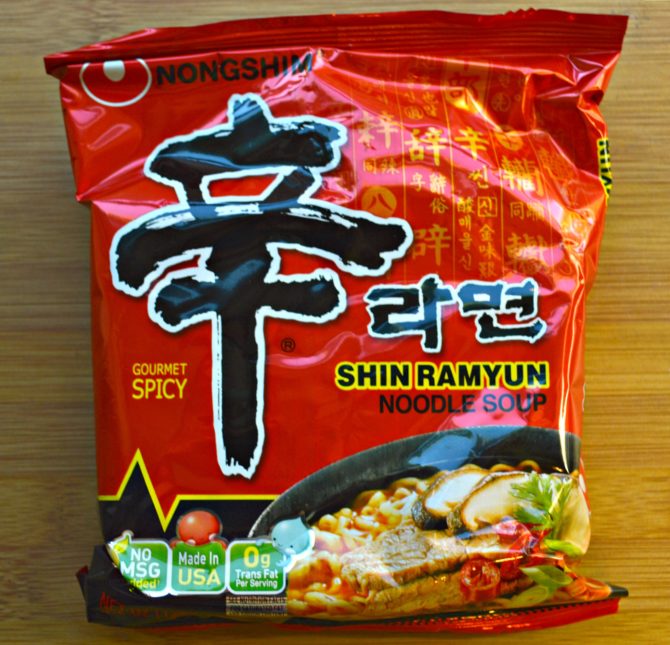
Shinn ramen placed fifth with an average score of 6. It came in at number 7, and I’m actually a little disappointed because it’s my go-to ramen. I get the impression that I’ve been selecting the incorrect variety of ramen for a very long time. Shinn is pretty well known, and for good reason too. It has a pleasant kick to it, but it also has more saltiness and complexity than the spicy seafood flavor that it just barely beat out.
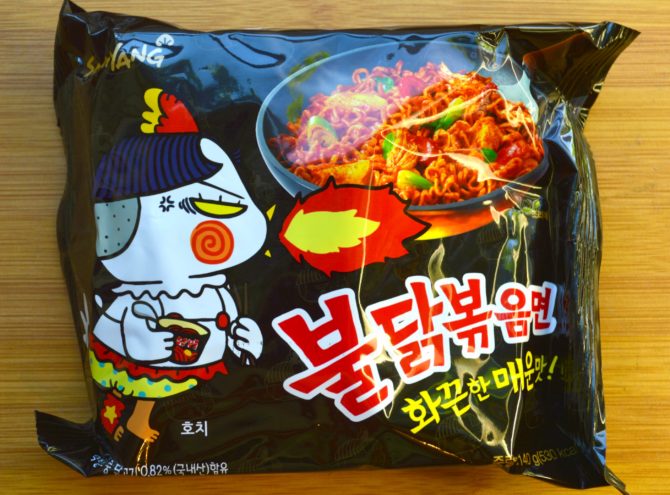
With a score of 7. 3/10, this “fire” ramen placed fourth. Since I cannot read Korean, I have no idea what the name of this flavor is; however, since the cartoon has fire coming out of its mouth, I have decided to call it that. Don’t worry – it’s definitely aptly named.
The amount of spice in this ramen will set your mouth on fire. However, before it gets there, you’ll actually experience a really tasty flavor combination that propelled it to this high ranking. If you can handle the heat, definitely try it. To try and prevent your mouth from burning, I advise adding cheese and spinach if you decide to try it.
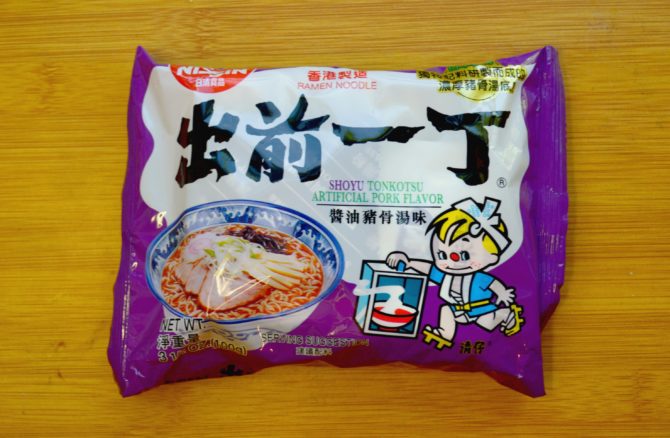
Another tie! For third place with a score of 7.5/10, the tonkotsu pork flavor tied with Shinn black. This tonkotsu pork was definitely interesting. It invoked more of a ramen broth that you might get if you go out to get ramen, and I think its true strength will show once you get to add more ingredients to it (not that third place is a bad spot to be!).
FAQ
How many ramen Flavours are there?
One of the most well-known and widely consumed Japanese foods is ramen. According to the tare, or base flavor, there are four main types of Japanese ramen: shio (salt-based ramen), shoyu (soy sauce-based ramen), miso (ramen flavored with soy bean paste), and tonkotsu (ramen made with pork bone broth).
What are the most popular ramen flavors?
The three most popular ramen varieties in Japan Shoyu (soy sauce), shio (salt), and miso are the three most common categories for ramen broth flavor.
What is the most popular type of ramen?
1. Shoyu ramen: Shoyu ramen is a type of soup that is typically made with chicken broth and soy sauce. It is the most common type of ramen in Japan.
What flavor is the Blue ramen?
What makes their ramen blue is kept a secret. But again, it’s apparently a natural blue, with no chemicals. It’s a clear broth chicken ramen, both in terms of preparation and flavor. What stands out the most is the chicken flavor, which is almost like a light chicken soup.